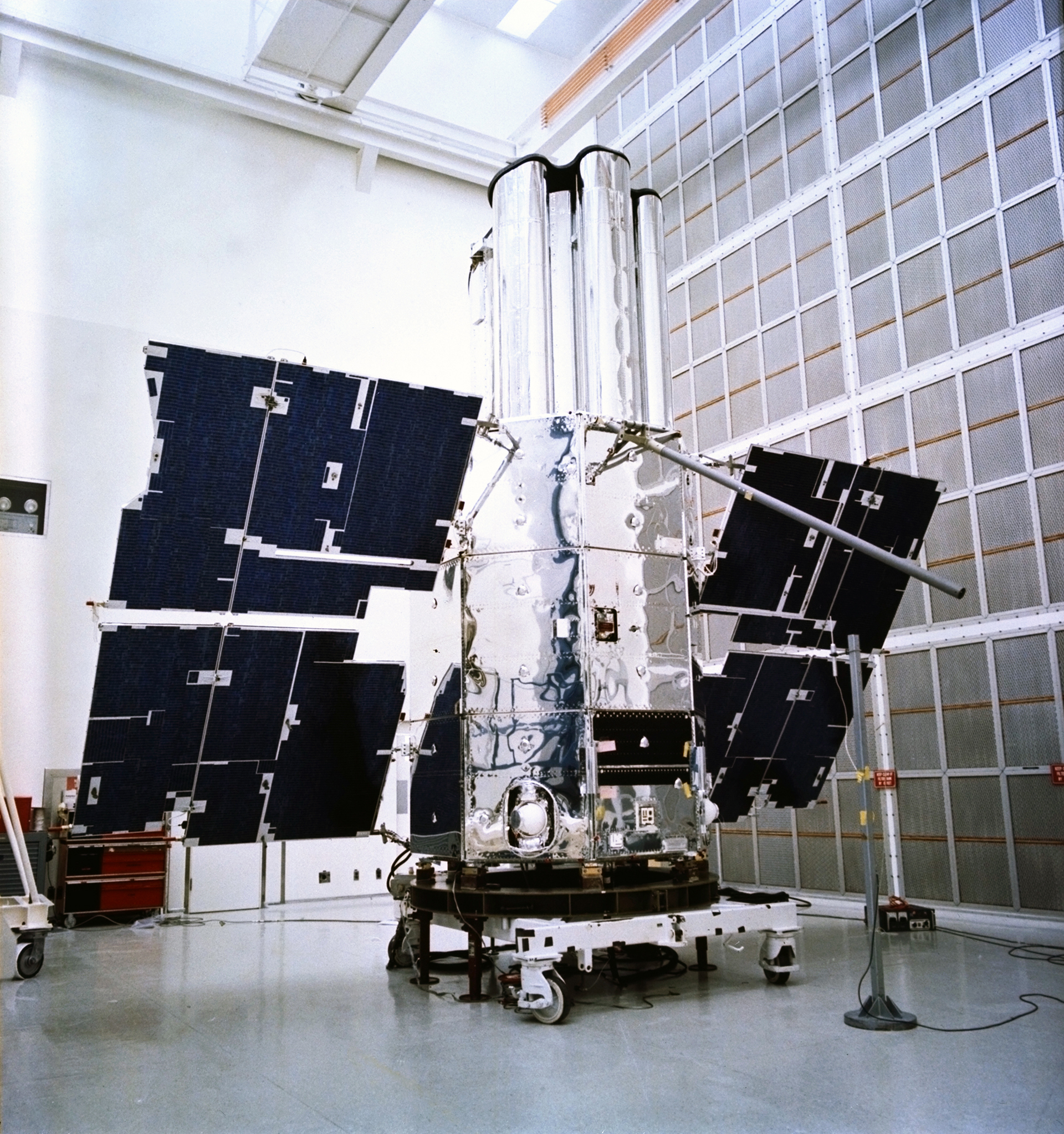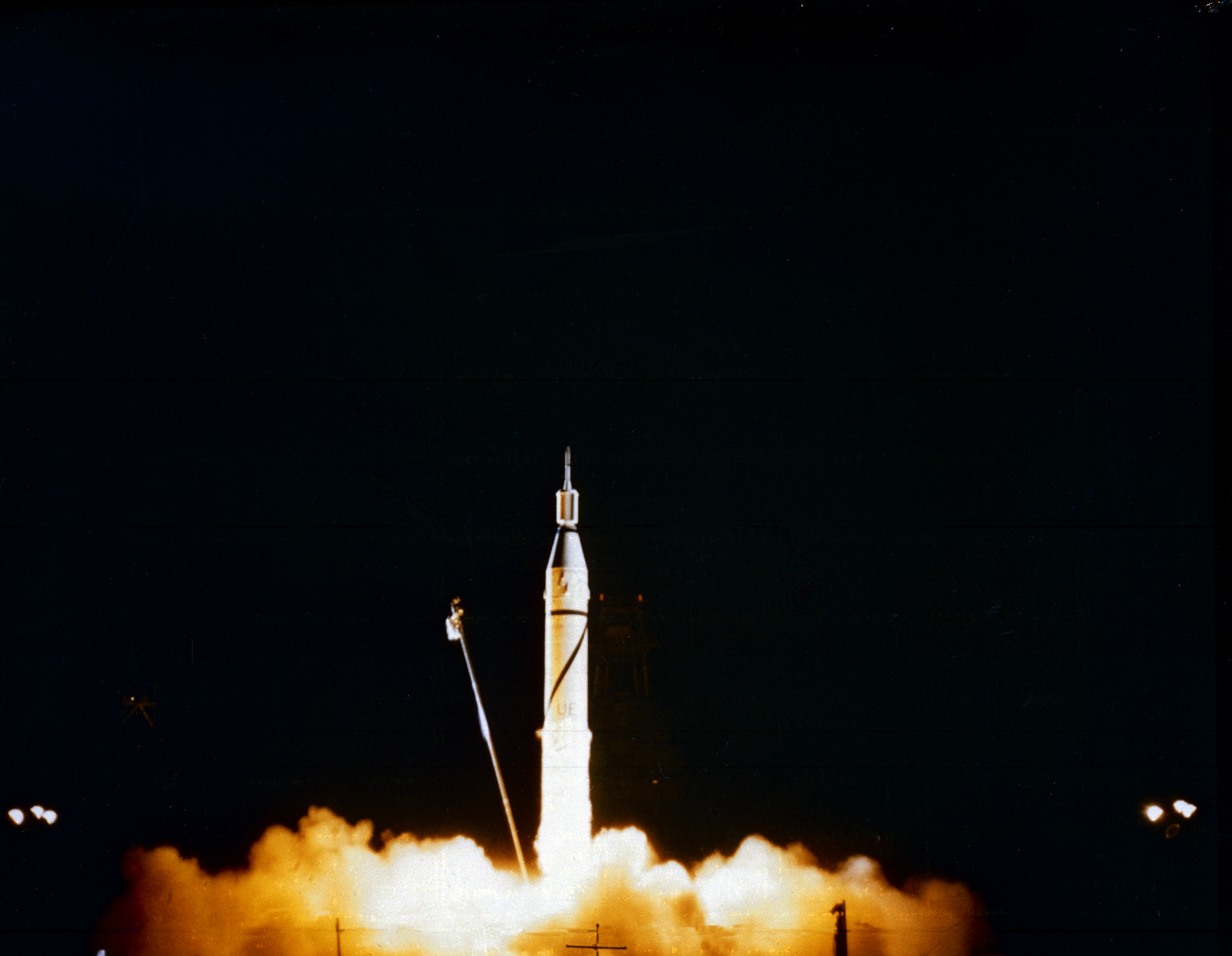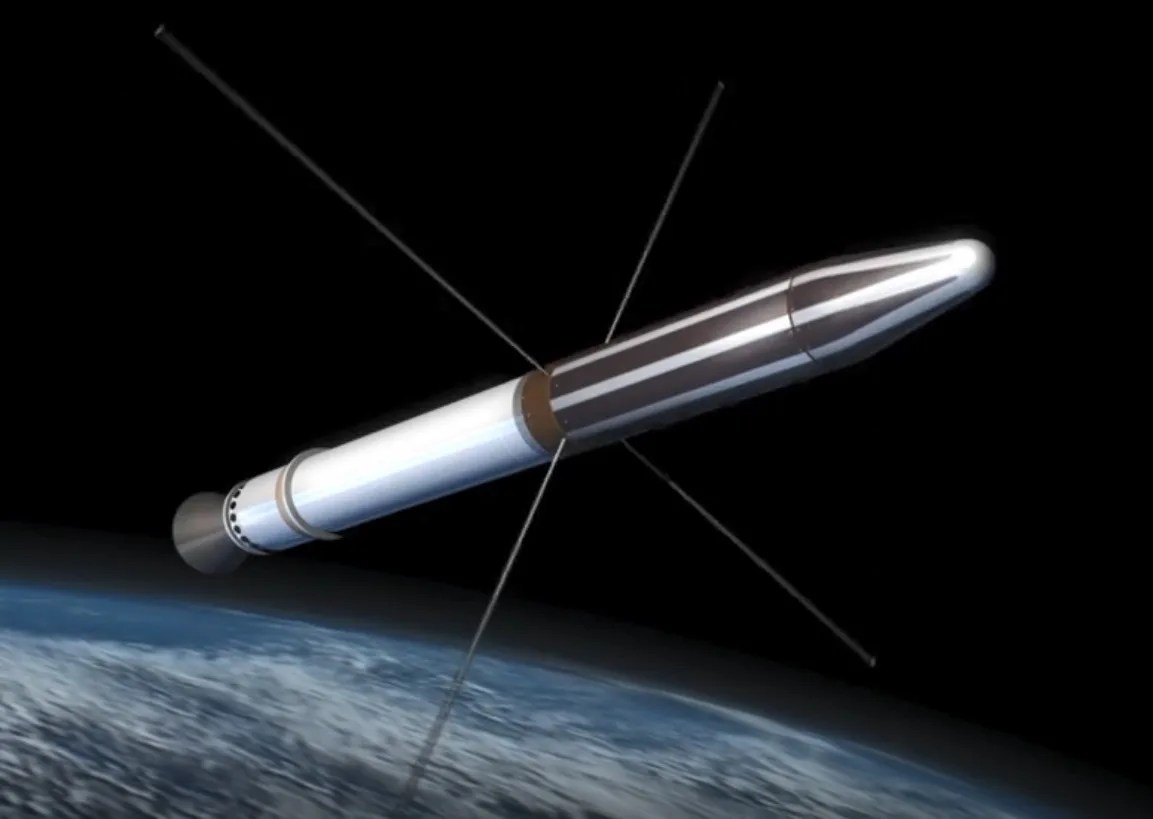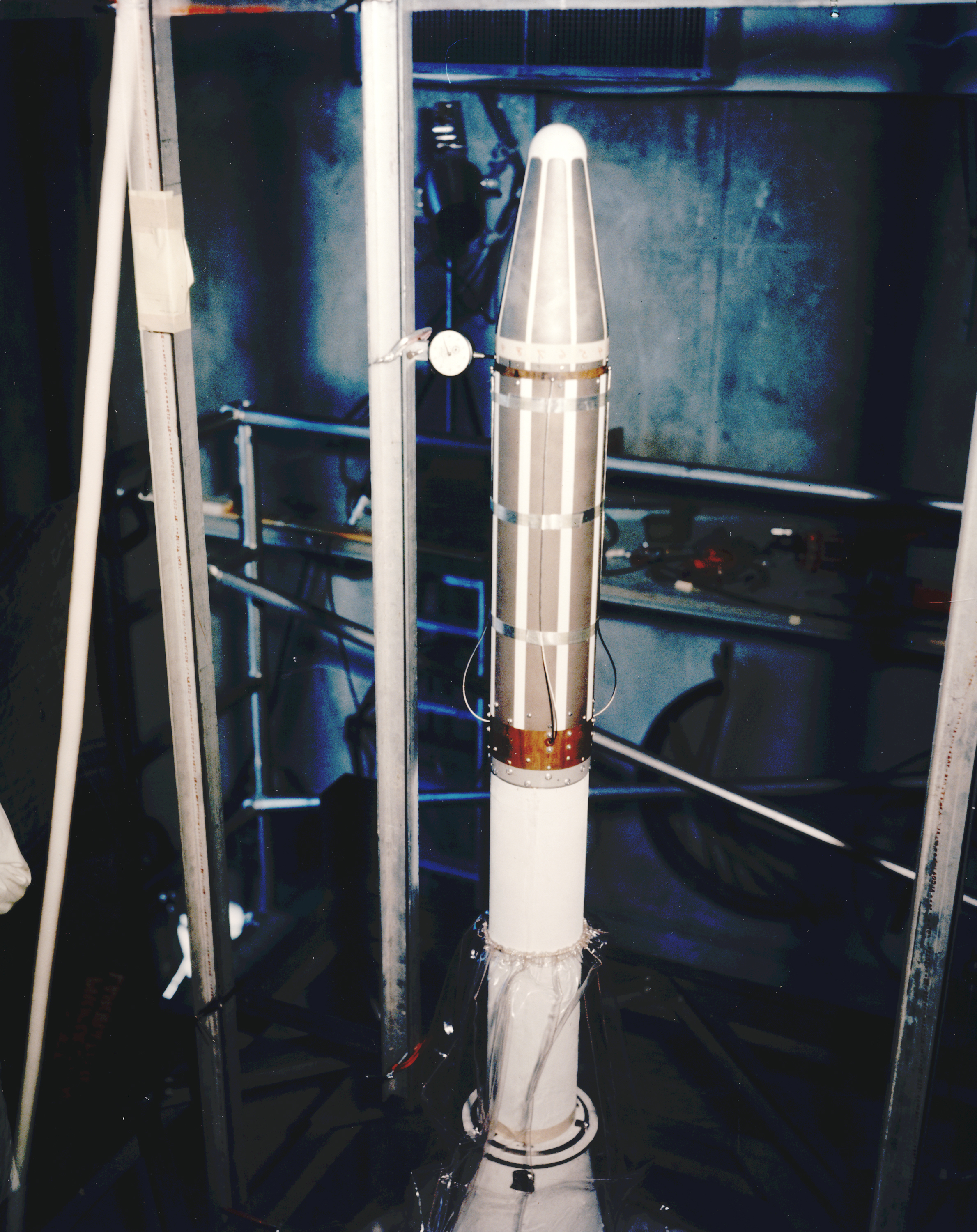Explorer 49
Type
Launch
Target
Objective
NASA's Explorer 49 was the final U.S. mission to the Moon for 21 years. The mission was successful and Explorer 49 studied low-frequency radio emissions from our solar system and beyond.
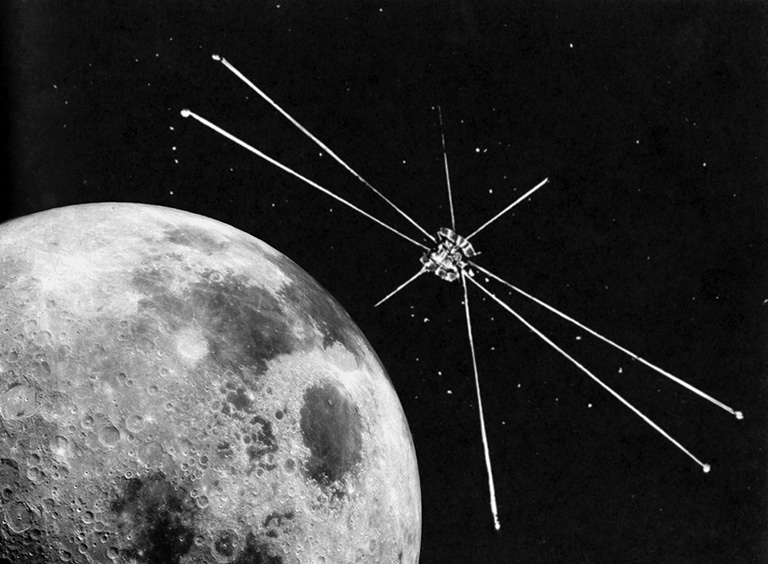
What was Explorer 49?
NASA's Explorer 49 was the final U.S. mission to the Moon for 21 years. The mission was successful and Explorer 49 studied low-frequency radio emissions from our solar system and beyond.
Nation | United States of America (USA) |
Objective(s) | Lunar Orbit |
Spacecraft | RAE-B |
Spacecraft Mass | 728 pounds (330.2 kilograms) |
Mission Design and Management | NASA / GSFC |
Launch Vehicle | Delta 1913 (DSV-3P-11 no. 95 or “Delta-95” / Thor no. 581) |
Launch Date and Time | June 10, 1973 / 14:13:00 UT |
Launch Site | Cape Canaveral, Fla. / Launch Complex 17B |
Scientific Instruments | 1. Galactic Studies Experiment 2. Sporadic Low-Frequency Solar Radio Bursts Experiment 3. Sporadic Jovian Bursts Experiment 4. Radio Emission From Terrestrial Magnetosphere Experiment 5. Cosmic Source Observation Experiment |
Key Dates
June 10, 1973: Launch
June 15, 1973: Inserted into lunar orbit
June 1975: NASA announced completion of the mission
August 1977: Last contact with spacecraft
In Depth: Explorer 49
Explorer 49 was the final U.S. mission to the Moon for 21 years until NASA's Clementine mission in 1994.
The spacecraft, part of a duo of Radio Astronomy Explorer (RAE) missions (the other being Explorer 48), was designed to conduct comprehensive studies of low-frequency radio emissions from the Sun, the Moon, the planets, and other galactic and extragalactic sources, while in a circular orbit around the Moon. Its location was driven by the need to avoid terrestrial radio interference.
After launch at 14:13:00 UT June 10, 1973, on a direct ascent trajectory to the Moon and a June 11 course correction, Explorer 49 fired its insertion motor on 07:21 UT June 15 to enter orbit around the Moon. Initial orbital parameters were 829 × 698 miles (1,334 × 1,123 kilometers) at a 61.3-degree inclination.
On June 18, 1973, the spacecraft jettisoned its main engine and, using its velocity control propulsion system, circularized its orbit to about 661 × 654 miles (1,063 × 1,052 kilometers) at a 38.7-degree inclination.
The spacecraft was the largest human-made object to orbit the Moon to date—with its deployed antennas measuring about 1,500 feet (457.2 meters or nearly half a kilometer!) tip-to-tip. These antennas, as well as a 630-foot (192-meter) long damper boom and a 120-foot (36.6-meter) dipole antenna, were all stored away on motor-driven reels which allowed them to unfurl in lunar orbit.
Once in lunar orbit, the spacecraft deployed its various antennae in stages, assuming its full form by November 1974. During its mission, Explorer 49 studied low-frequency radio emissions from the solar system (including the Sun and Jupiter) and other galactic and extragalactic sources.
NASA announced the completion of the mission in June 1975 although contact was maintained until August 1977.
Key Source
Siddiqi, Asif A. Beyond Earth: A Chronicle of Deep Space Exploration, 1958-2016. NASA History Program Office, 2018.

